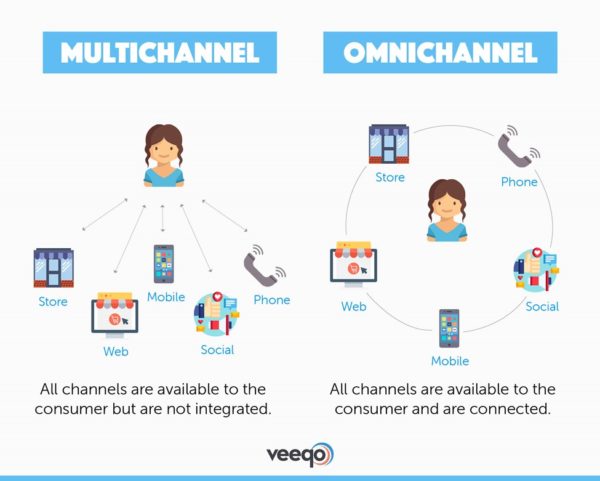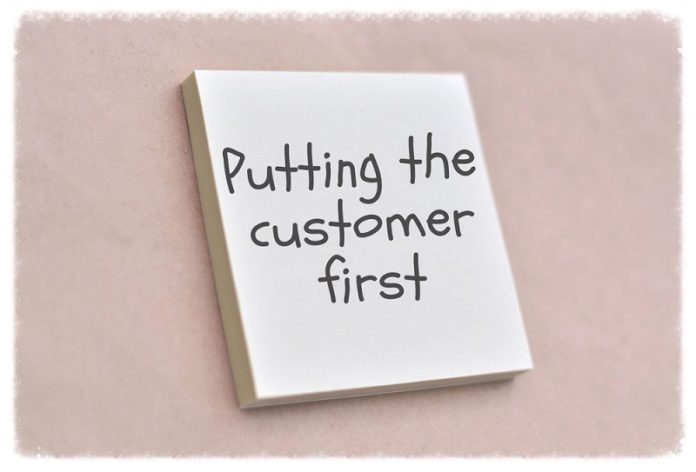Do you know there is a company that will fire its employees if they are not customer-centric? Zappos is one such one. Of course, there are countless other companies that are devoted to putting customers atop every other priority.
Strangely, these companies experience strong growth and solid customer loyalty even during testing times. Turns out customer-first is a good strategy to follow for any business, be it a startup or an enterprise.
Let’s begin with understanding what the customer-first strategy is.
Decoding customer-first strategy
As the name suggests, a customer-first strategy is one that puts customers above everything else. Phrased differently, it means creating internal business processes, policies, and customer support protocols that are attuned to satisfy customers. Customer service as a culture is ingrained in the organizational culture right from the C-Suite to the bottom-level employees.
This strategy takes inspiration from the fact that customers tend to stick to those businesses that give them the best service possible and are also willing to spend more in the long run. Another benefit of the customer-first strategy is that it is easy to draw customers from the competition without having to resort to undercutting prices or similar short-term fixes. The customer-first strategy is one that will yield strong returns for the long term.
4 ways to put customers first in your organization
A strategy is not an action plan. It is more of a document or a plan that gives a direction. It is necessary to break down the strategy into an action plan made up of specific tasks. This would make it easy for the middle and bottom-level executives to implement it flawlessly.
If you are unsure where to begin, here are some ways to put customers first in your organization.
1. Provide real-time support with a live chat software
If given a choice, customers would prefer the real-time support option to the channel that will require them to wait for a resolution. In the digital era, companies know time is money and it cannot be wasted waiting for a resolution. Hence the need to make real-time customer support a priority. Think of it as the first step towards building a customer-first company.
Data also shows that customers prefer live chat as a channel that gives maximum customer satisfaction. Live chat has the highest satisfaction levels for any customer service channel, with 73%, compared with 61% for email and 44% for phone, found an eConsultancy study.
 Source: https://econsultancy.com/consumers-prefer-live-chat-for-customer-service-stats/
Source: https://econsultancy.com/consumers-prefer-live-chat-for-customer-service-stats/
Customer-first companies will always make it easy for customers to find support. Live chat software on your website does just that. It is no longer a nice-to-have option, but a necessity for customer satisfaction.
 Source: https://acquire.io/
Source: https://acquire.io/
2. Understand your customer better
In marketing, identifying the target persona is the first step for companies to plan the campaigns and the activities within them.
Similarly, even while developing a customer-first culture, understanding customers is the first step to be taken. There are several starting angles through which customers could be better understood. Their demographics consisting of age, gender, location, income bracket, spending behavior are all some of them.
Going one step further, it is necessary to analyze historical customer support tickets. They give more information about the questions customers ask, the pain points that resurface frequently, and the ideal solutions that customers are looking for. Such an understanding will ensure that you are able to devise a customer support organization that is truly customer-centric or designed to put customers first.
3. Rewire internal processes for swift services
One of the challenges that customer-facing employees face while trying to dole out customer service is this — they need approval from superiors or higher management to approve a return, refund, or a small adjustment in favor of the customer. Most often, internal processes come in the way of customer service staff from delivering superior customer service.
The only way to solve this predicament is to rewire internal processes for swift services. Customer-facing employees must be empowered to make autonomous decisions that will lead to customer satisfaction. This involves setting a ceiling limit up to which customers can allow discounts, returns, refunds, and so on. This will ensure that a majority of customer tickets or even wants are swiftly resolved without much delay.
4. Invest in omnichannel customer service
It is an open secret that a consistent customer support experience across all channels will lead to higher revenues and a positive bottom line. Delivering customer experience across all channels is referred to as omnichannel customer service. It focuses on serving customers in a uniform and pleasing manner whether they interact with the business through the web, mobile, or even if they walk into the store.
Omnichannel customer service is different from multichannel customer service. Omnichannel has all the customer information organized in one location while multichannel usually has it in silos.
 Source: https://www.veeqo.com/blog/omnichannel-customer-service
Source: https://www.veeqo.com/blog/omnichannel-customer-service
There are two reasons why omnichannel customer service has become so important today. First, it helps customers get quality customer service through any of their preferred channels — channels through which they discovered the business or are comfortable reaching out to the business. Second, omnichannel customer service spares customers from having to remember and repeat the minute details of their transactions to find a solution. It is only straightforward common sense for businesses to invest in omnichannel customer service.
Putting customers first — now and forever
If you are a startup trying to crack into a new market or an established enterprise trying to turn around a slow receding market share, a customer-first strategy is an ideal choice. It also happens to be the natural choice of a majority of customers, both millennials and otherwise.
Almost every business on this planet wants to become a customer-centric brand. It is evident that businesses that put customers first are reaping rich dividends in the long run although they incur short-term costs to implement it. It is proven that the benefits of customer loyalty and repeat revenue far outweigh the expenses and efforts involved in implementing a customer-first strategy.
Dhruv Mehta is a Digital Marketing Professional who works at Acquire and provides solutions in the digital era. In his free time, he loves to write on tech and marketing. He is a frequent contributor to Tweak Your Biz. Connect with him on Twitter or LinkedIn.
Companies put the customer first stock photo by Kevin_Hsieh/Shutterstock







